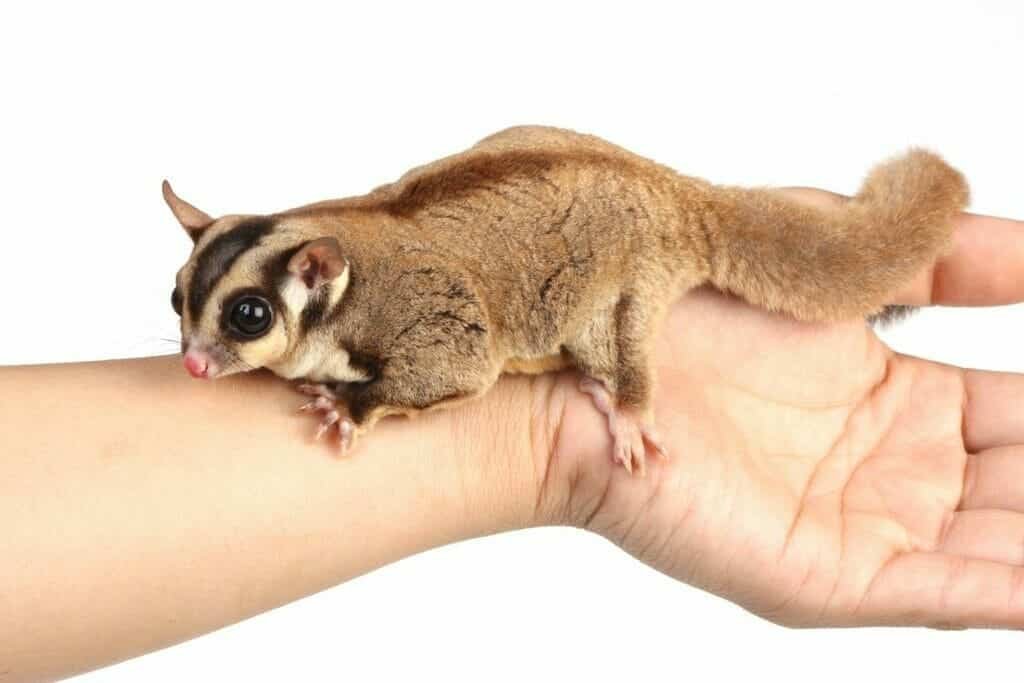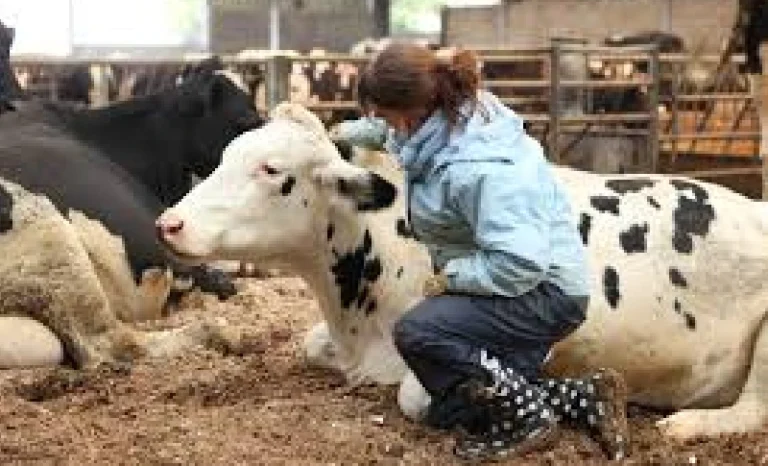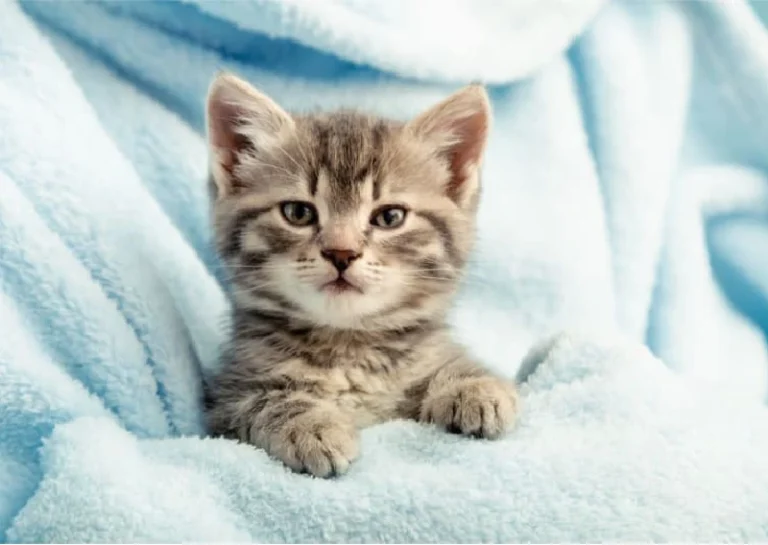
They don’t purr. They glide. Sugar gliders are these wide-eyed little creatures with soft fur and twitchy hands. You see one once, you never forget it. Native to Australia and Indonesia. But found in pockets of homes all over now. People fall hard for them.
They’re marsupials. Like kangaroos. Only way smaller. Hamster-sized, maybe a little longer with that squirrel-like tail. They can float through the air like paper. Not birds, but close. What makes them unique? They bond. Like, really bond. With you. Or their cage-mate. Or both.
But here’s the deal. Cute doesn’t mean easy.
So, What Is a Sugar Glider?
Small. Soft. Sharp little claws. Technically called Petaurus breviceps. Latin for “short-headed rope-dancer.” No, really. That membrane between their wrists and ankles? That’s how they glide. In the wild, they live in trees. Sleep all day. Zoom around all night. Social? Those who are extremely lonely are known as sad sugar gliders.
Housing Them Right
The cage you pick? It matters. A lot.
Small cages cause stress. You need vertical space, not just wide 24 by 24 by 36 inches, minimum. Bare minimum. They climb. They glide. Give them room to do their thing.
Bar spacing is tight. Half an inch max. Or they’re gone. You’ll be calling the neighbor at 2AM. “Hey, seen a flying rat?”
Inside the cage? Go nuts. Branches. Ropes. Toys. Hammocks. Not too cluttered, though. Keep it natural. Stuff they’d explore in the wild.
No cedar bedding. Toxic. Fleece liners work. Easy to clean. Soft on feet.
. No loud music. No drafty windows. No dogs barking 24/7. They like quiet.
And yep, it smells sometimes. Wipe it down daily. Deep clean every week. Like clockwork.
What Do Sugar Gliders Even Eat?
They don’t just eat sugar. Don’t let the name fool you.
You’ll need protein. A lot of it. Think boiled eggs. Grilled chicken. Insects, too, if you’re not squeamish. No spice. No seasoning. Just plain.
Fruits? Yes. Veggies? Also yes. But small amounts. They love apples, sweet potatoes, and grapes. All chopped. Nothing too hard. Variety is key. Every glider has a favorite.
They need calcium. It’s not optional. Dust their food. Use reptile calcium powder. Keeps their bones strong. Prevents paralysis.
Treats? Occasionally. Yogurt drops or honey on a fingertip. Use treats for bonding. Not daily meals.
Absolutely no chocolate. Or onions. Or garlic. No processed food. They’re tiny. One bad snack could mess them up.
Bonding: The Weird, Beautiful Part
First week? They may hate you. That’s normal.
Gliders don’t trust fast. They bite. They crab (you’ll know the sound). They hide in their pouch and ignore you. That’s all fine.
Just show up. Be calm. Same time every day. Talk softly. Use a bonding pouch. Wear them around the house. Let them hear your voice. Smell your clothes. Be predictable.
After a while, they peek out. Then climb on you. Then take a nap while curled up in your shirt. That’s the moment it clicks.
It takes weeks. Sometimes longer. But when does it happen? They’re yours. Forever.
Never Get Just One
They’re wired for community. In the wild, they live in groups. Groom each other. Snuggle. Fight occasionally, but always go back to the group. A single glider, no matter how much love you give? Still lonely. Depressed. Starts to pluck its fur. Stops eating. Some even die of isolation.
Always get two. At least. Siblings work best. Or gliders raised together. Introducing adults? That’s tricky. Possible, though.
Staying Healthy
They hide pain well. You have to watch closely.
Sudden quietness? Bad sign. Not eating? Also bad. Bald spots. Runny poop. Limping. Weird sounds. All red flags.
Obesity is common. Don’t overfeed. Skip fatty treats. Watch their body shape. Little chonky is fine. Huge belly? Not good.
Get an exotic vet. Regular checkups. Yearly minimum. More if anything seems off. Not all vets know gliders. Ask around.
Unsafe toys can hurt them. Metal clips. Loose threads. Sharp plastic. Always inspect. They chew everything.
Real Talk: Is a Sugar Glider Right for You?
Pros:
- They’re cute. Duh.
- They love you back, for real.
- Fun to watch. Crazy smart.
Cons:
They poop on your shoulder.
They scream at 3AM.
They need you. Like, I need you.
Not great for kids. Too fragile.
You’re either in or out. No halfway glider parenting.
FAQs: How long do they live?
10–15 years. Maybe longer. It’s a commitment.
Can I have one where I live?
Depends. Some states ban them. Others need permits. Google your city. Call your local wildlife department if you’re unknown.
Can they be potty trained?
Not really. They usually go right after waking up. Some owners time it and use liners. But yeah, accidents happen. Often on your shirt.
Final Thoughts
Sugar gliders are wild. Not like your cat. They take work. But they also give you something back that most pets don’t. This deep, wordless trust. It’s kind of magical.
If you’re just thinking, “That looks fun,” walk away. But are you ready to go all-in? Learn their quirks. Earn their trust. Give them a friend. You’re in for a one-of-a-kind bond.

